Publications
 |
Building the investment case for ending violence against children - ToolkitEnding violence against children makes economic sense. Spending on child protection and well-being should be seen as an essential investment in building human capital and ensuring people-centred development across the lifecycle. Yet current levels of spending on the prevention and response to violence remain low. |
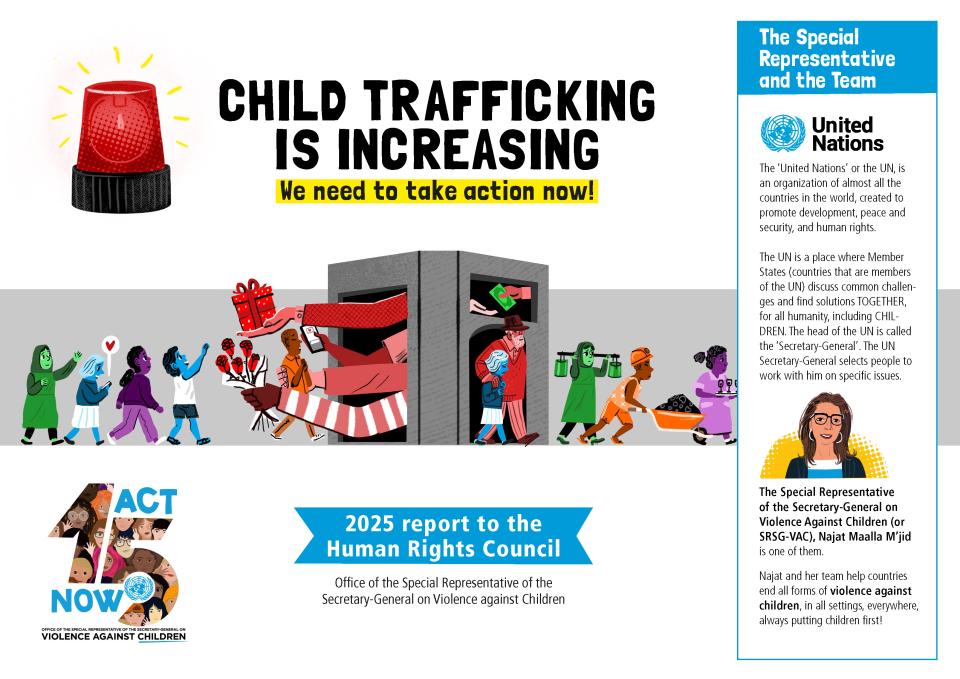 |
Child trafficking is increasingDownload the report: English |
 |
Investing in child protection and wellbeing: A key accelerator of the SDGsThe close interconnection between the 2030 Sustainable Development Agenda and children’s well-being needs to be made explicit. This year’s advocacy brief shares reflections focusing on the cross-sectoral approaches taken by Member States, highlighting how investment in a holistic approach to the implementation of the Sustainable Development Goals (SDGs) contributes to the prevention and response to violence against children, and how addressing violence against children supports progress towards these goals. |
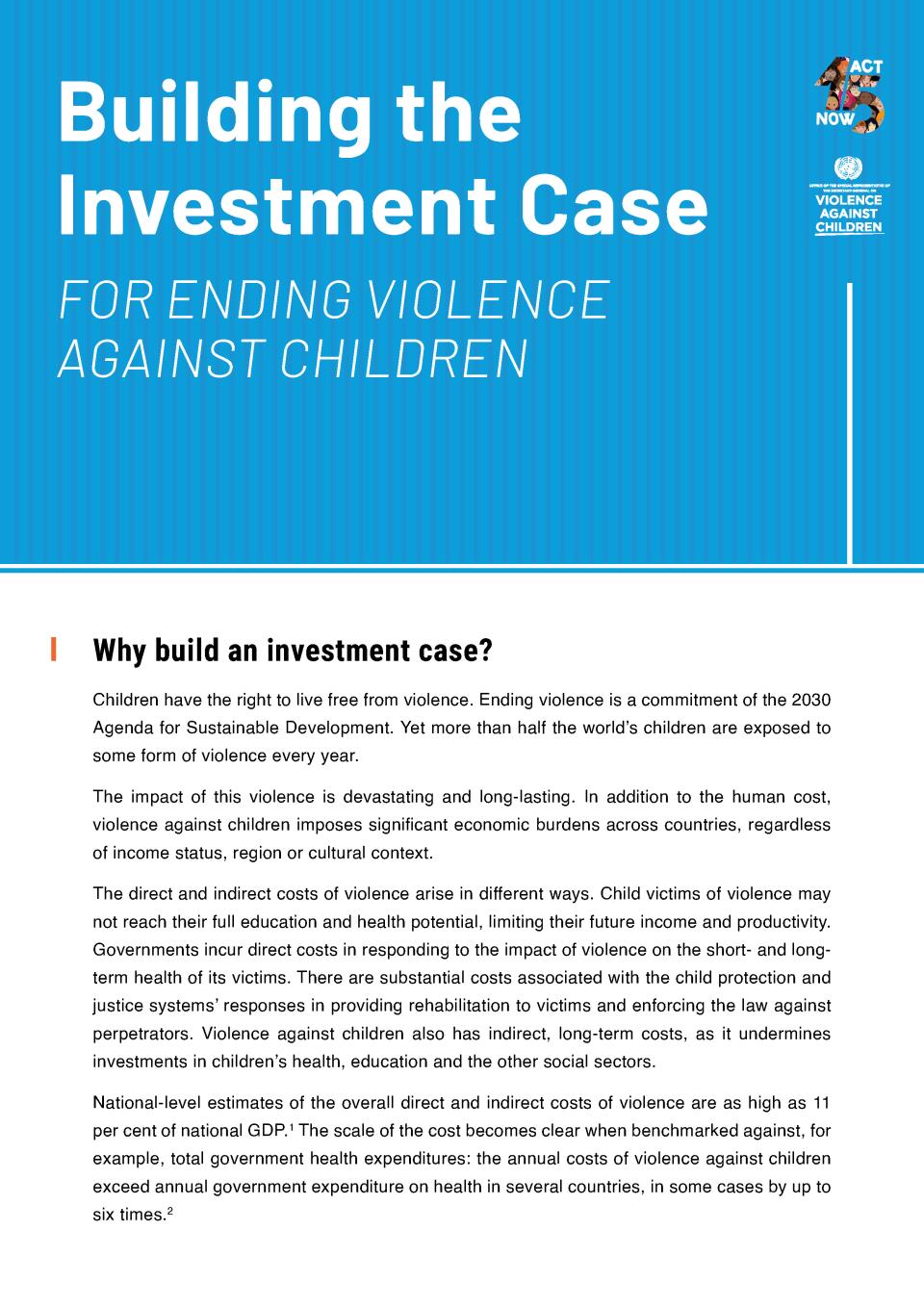 |
Building the investment case for ending violence against children - Advocacy BriefChildren have the right to live free from violence. Ending violence is a commitment to the 2030 Agenda for Sustainable Development. Yet more than half the world’s children are exposed to some form of violence every year. The impact of this violence is devastating and long-lasting. In addition to the human cost, violence against children imposes significant economic burdens across countries, regardless of income status, region, or cultural context. |
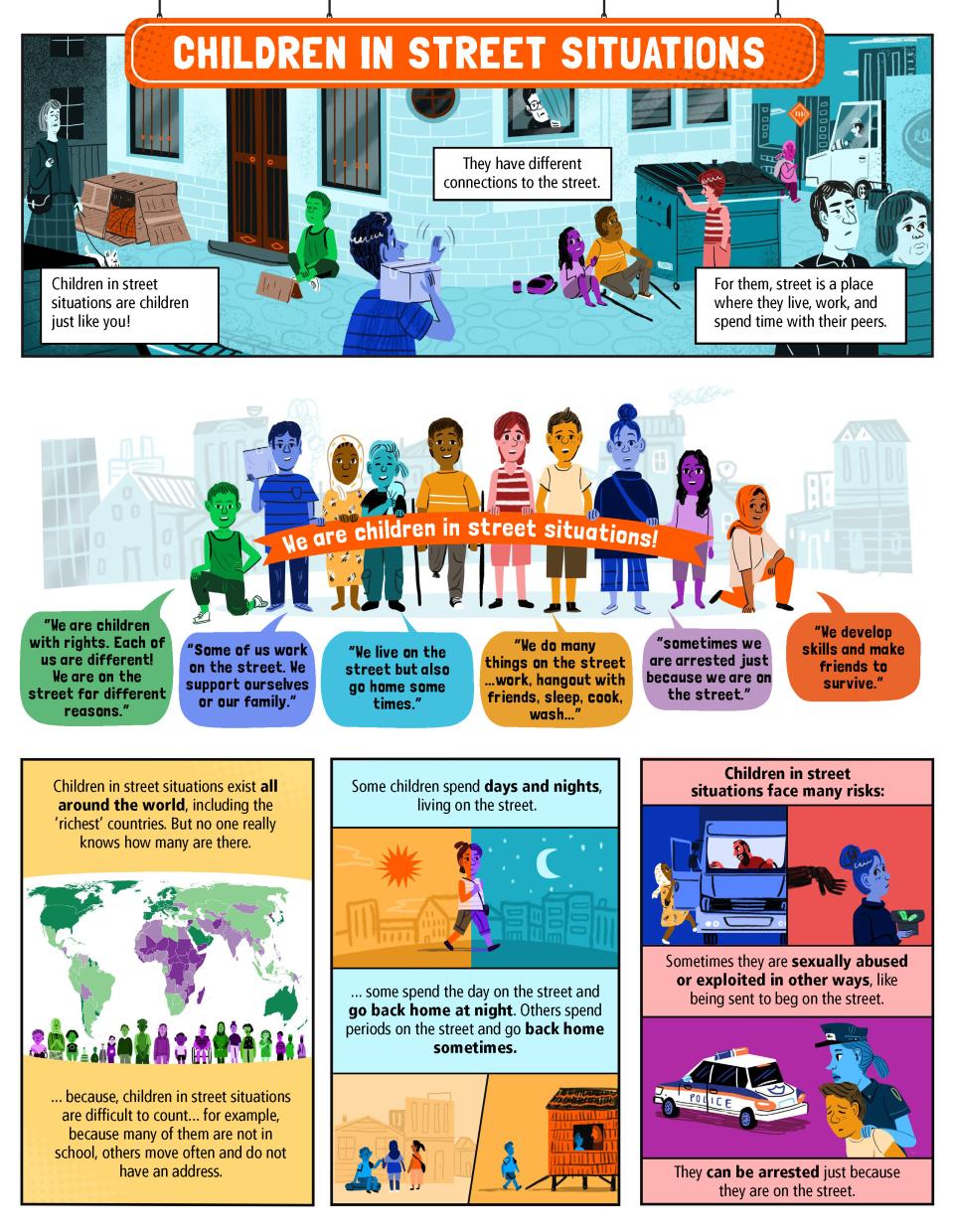 |
Children in street situations are children first and foremostChildren in Street Situations discusses the challenges faced by children living on the streets, including their exposure to violence, exploitation, and lack of access to basic services such as education and healthcare. It highlights the need for a comprehensive approach to address their needs, which includes legal protection, social services, and community support. The document emphasizes the importance of understanding the root causes that lead children to the streets and implementing policies focusing on prevention, protection, and rehabilitation. |
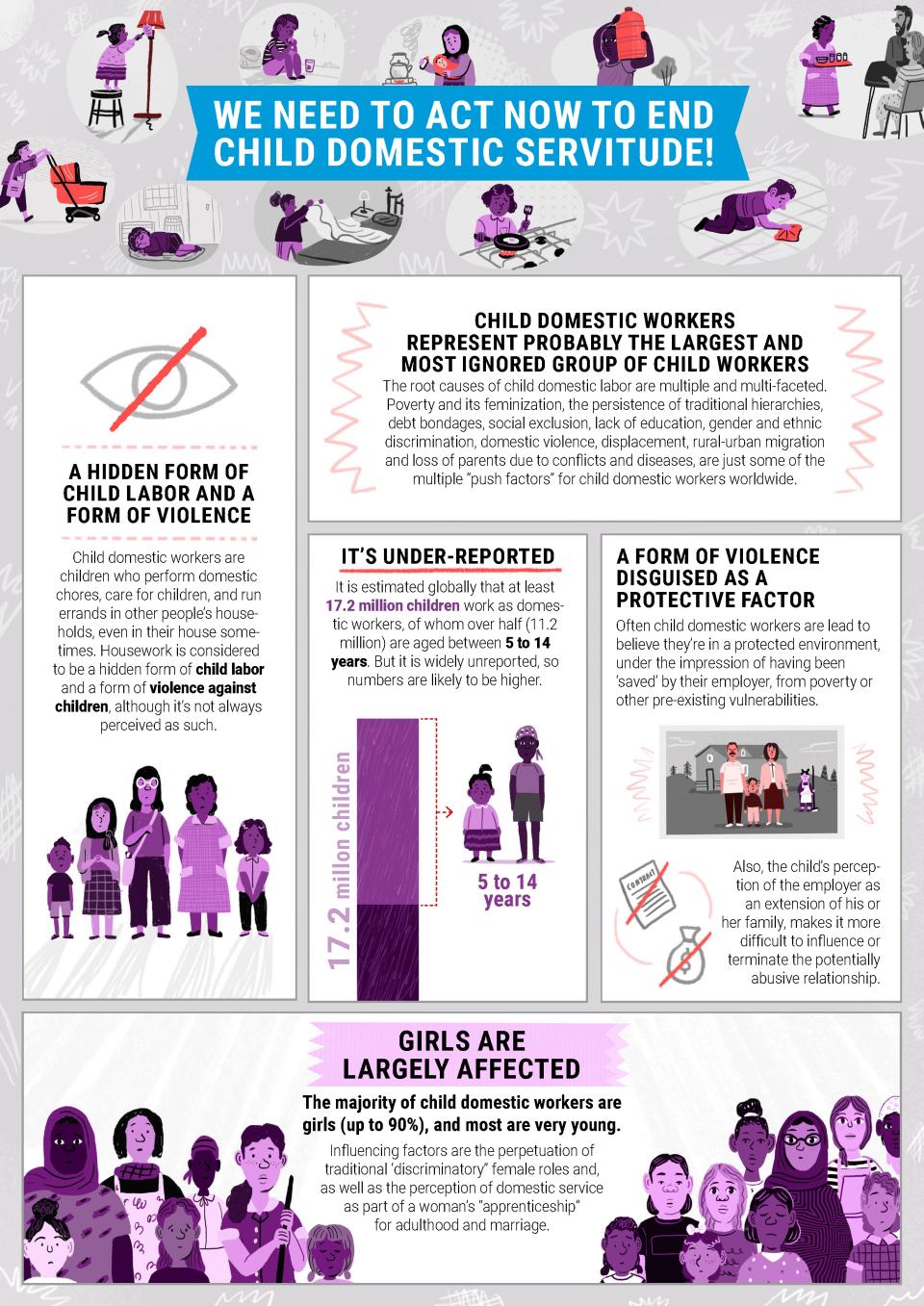 |
We need to act now to end child domestic servitudeChild domestic workers represent probably the largest and most ignored group of child workers. The root causes of child domestic labor are multiple and multi-faceted. Poverty and its feminization, the persistence of traditional hierarchies, debt bondages, social exclusion, lack of education, gender and ethnic discrimination, domestic violence, displacement, rural-urban migration and loss of parents due to conflicts and diseases are just some of the multiple “push factors” for child domestic workers worldwide. |
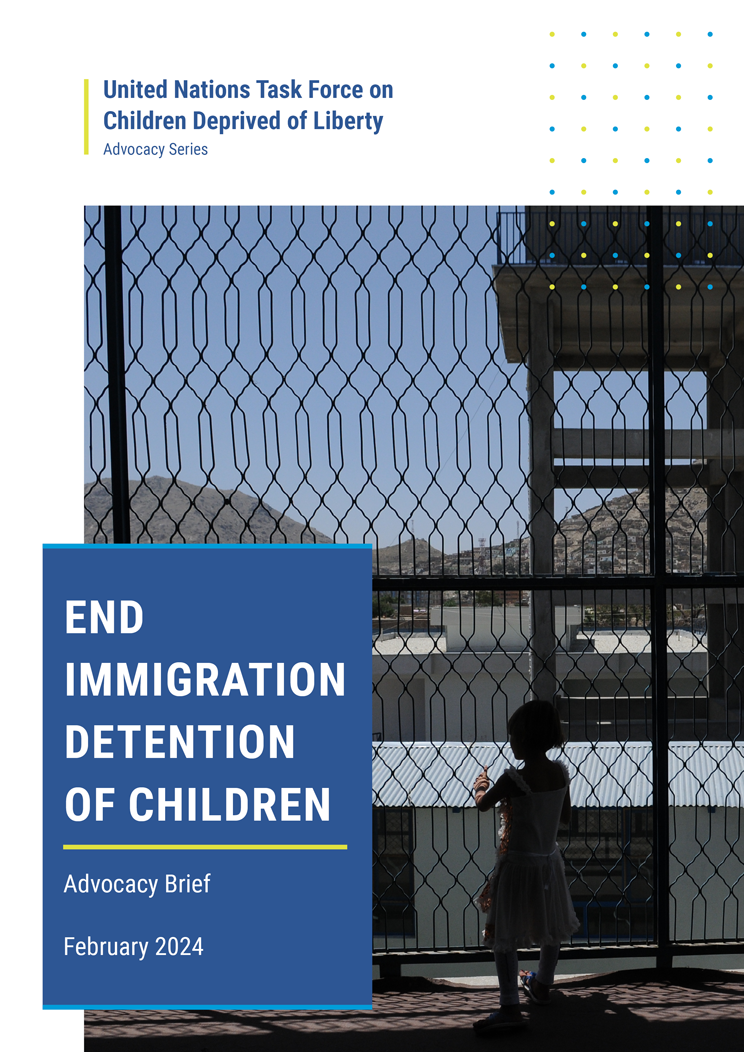 |
End Immigration Detention of ChildrenImmigration Detention is never in the best interests of the child and constitutes a child rights violation. It is a form of violence that impacts a country’s capacity to achieve the 2030 Agenda for Sustainable Development, especially targets 10.7 and 16. All children, regardless of their legal or migratory status or that of their families, have the right to be cared for and protected from violence, abuse and exploitation. This advocacy brief provides an overview of promising practices and lessons learned to end child immigration detention and sets out a range of policy actions needed to scale up efforts to end this form of violence. |
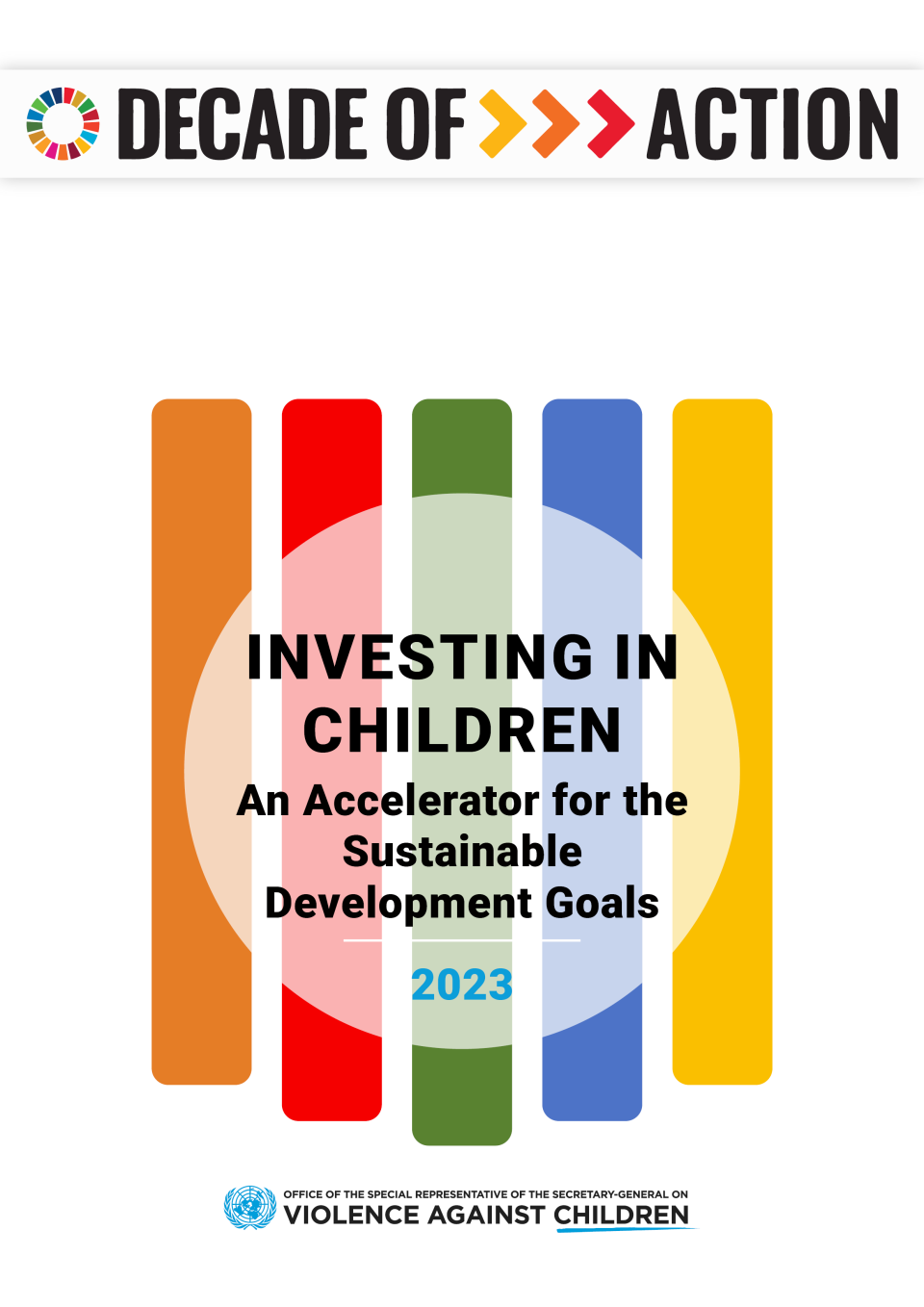 |
Investing in children: An accelerator for the Sustainable Development GoalsThis brief explores how investment in a holistic approach to the SDGs can contribute to the prevention of – and response to – violence against children, illustrated with examples from the 2023 VNRs.These examples are not exhaustive, but they highlight promising practices with the aim of encouraging Member States to enhance overall investment in children and their well-being. The brief also shares other examples that have impressed the SRSG-VAC during her engagements with various stakeholders. |
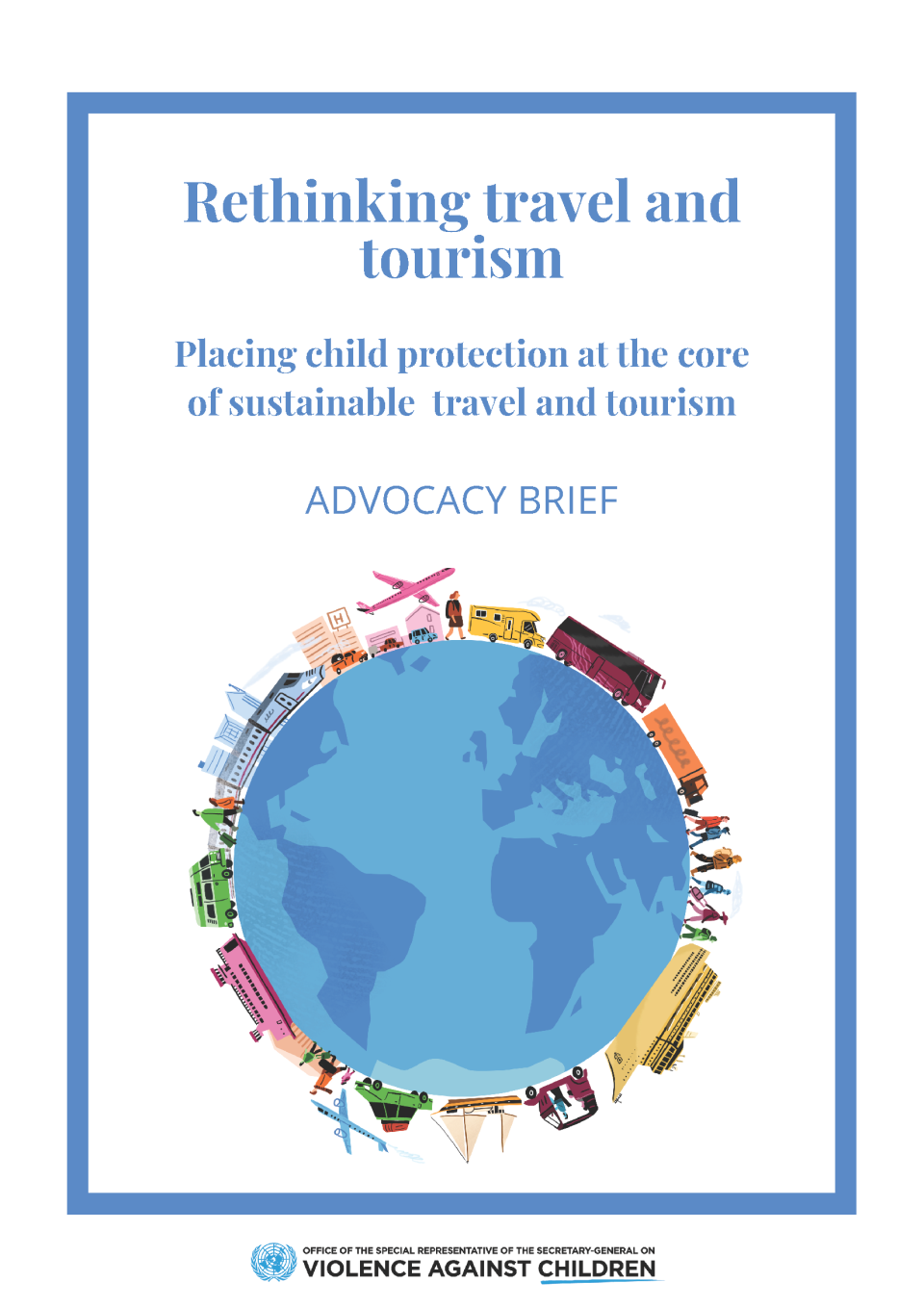 |
Rethinking travel and tourism: Placing child protection at the core of sustainable travel and tourismThe travel and tourism sectors are vital in supporting the livelihood and development of communities and countries worldwide. Promoting responsible, accessible, and sustainable tourism is also essential to achieving the 2030 Agenda. However, many child protection challenges emerge in the context of travel and tourism, whether due to offenders moving within or between States or as an unintended result of the activities and operations of the sector itself. |
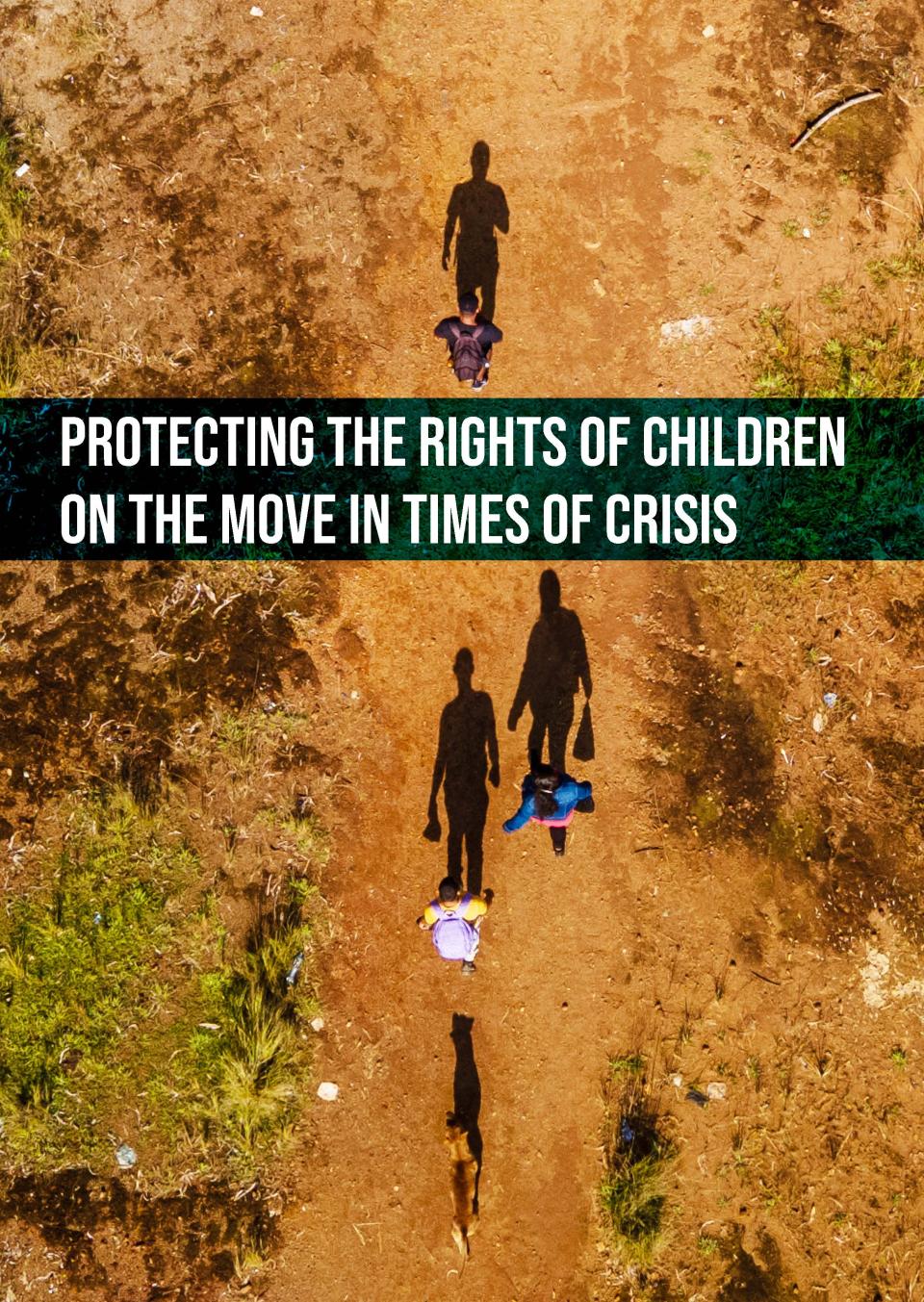 |
Protecting the Rights of Children on the Move in Times of CrisisThe number of children on the move, including refugee and displaced children, is increasing. This puts massive pressure on governments, communities, and the humanitarian agencies that protect them. An estimated 89.3 million people had been forcibly displaced from their homes by the end of 2021, which increased to a staggering 100 million by mid-2022. In at least 17 countries, refugees or internally displaced people account for at least five percent of the population. |
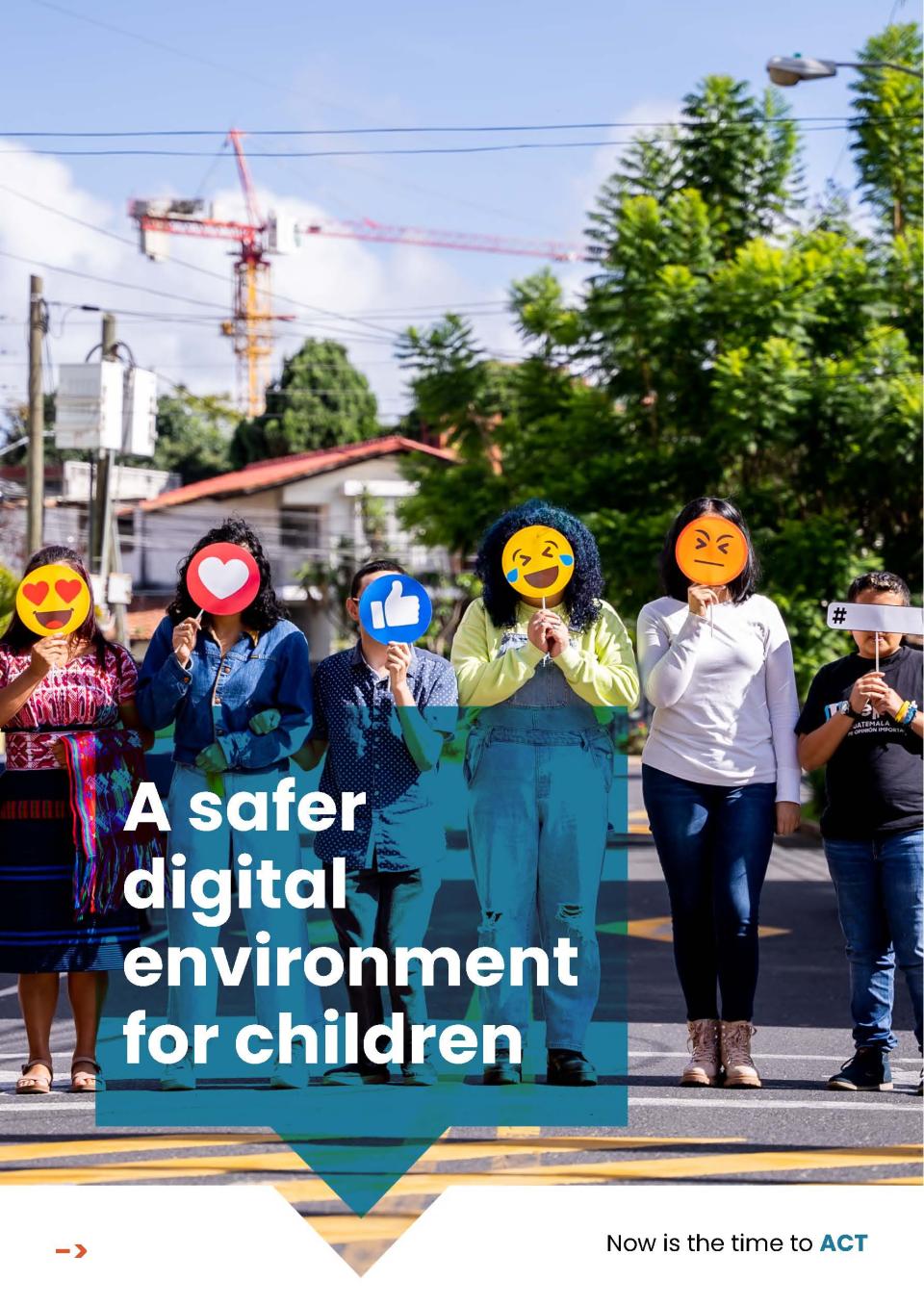 |
A safer digital environment for children - Now is the time to ACT!It is estimated that one in three Internet users worldwide is under 18 years of age. While the digital environment offers new opportunities for the realization of children’s rights, it also poses risks of the violation or abuse of those rights. The online risks to children can entail different forms of violence and harm. The lack of comprehensive data on violence against children in that environment remains a challenge. |
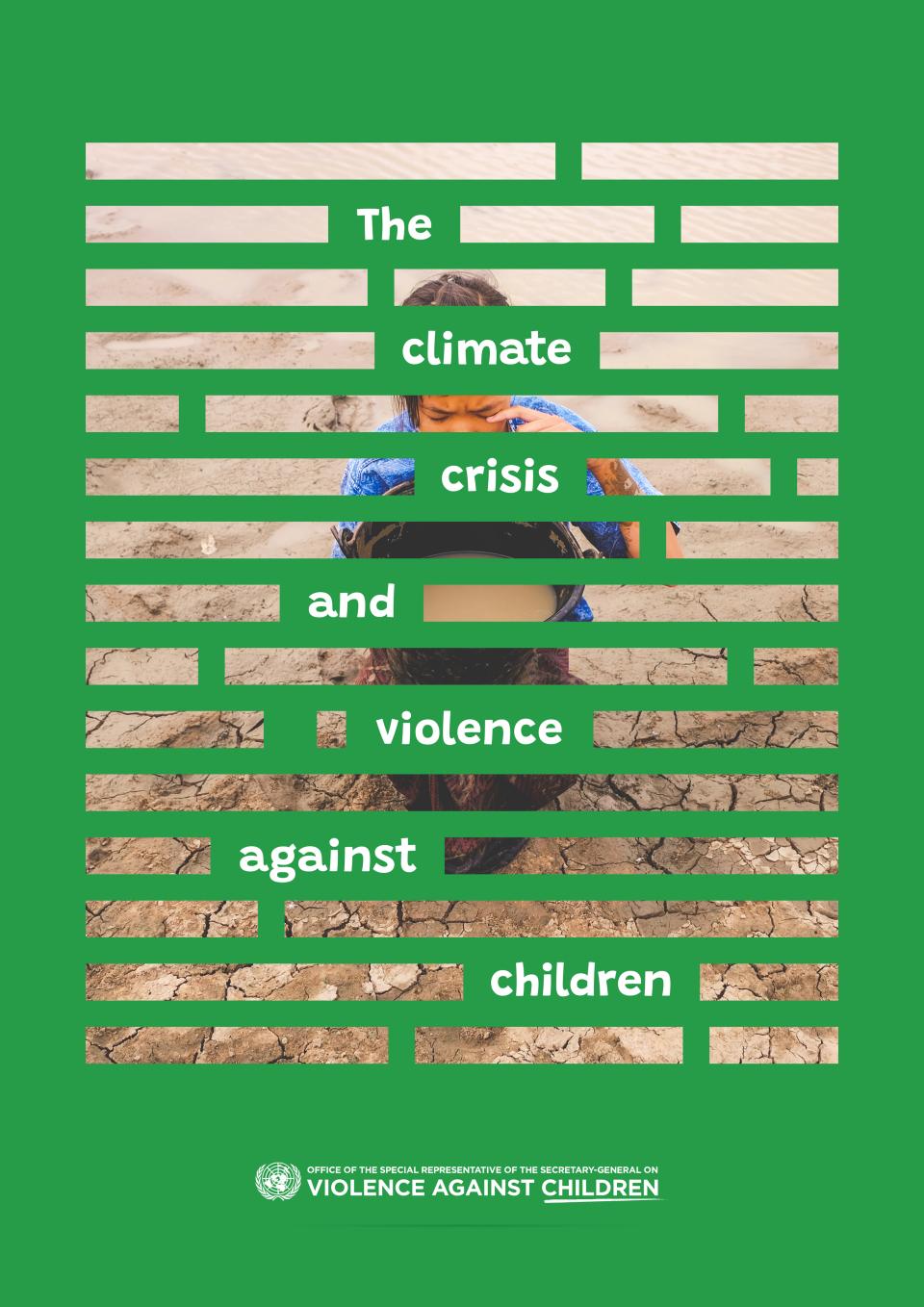 |
The Climate Crisis and Violence against ChildrenThe paper recalls that children – who bear the least responsibility for the climate crisis - are among those hit hardest by its impacts, with around 1 billion of them exposed to its risks. The advocacy brief demonstrates that climate crisis is a ‘threat multiplier’ for violence against children, exacerbating every challenge – from poverty to displacement and loss of education – that enables such violence to thrive. While no child is immune to the combined impact of the climate crisis and violence, that impact falls most heavily on the children who are already the most disadvantaged. |
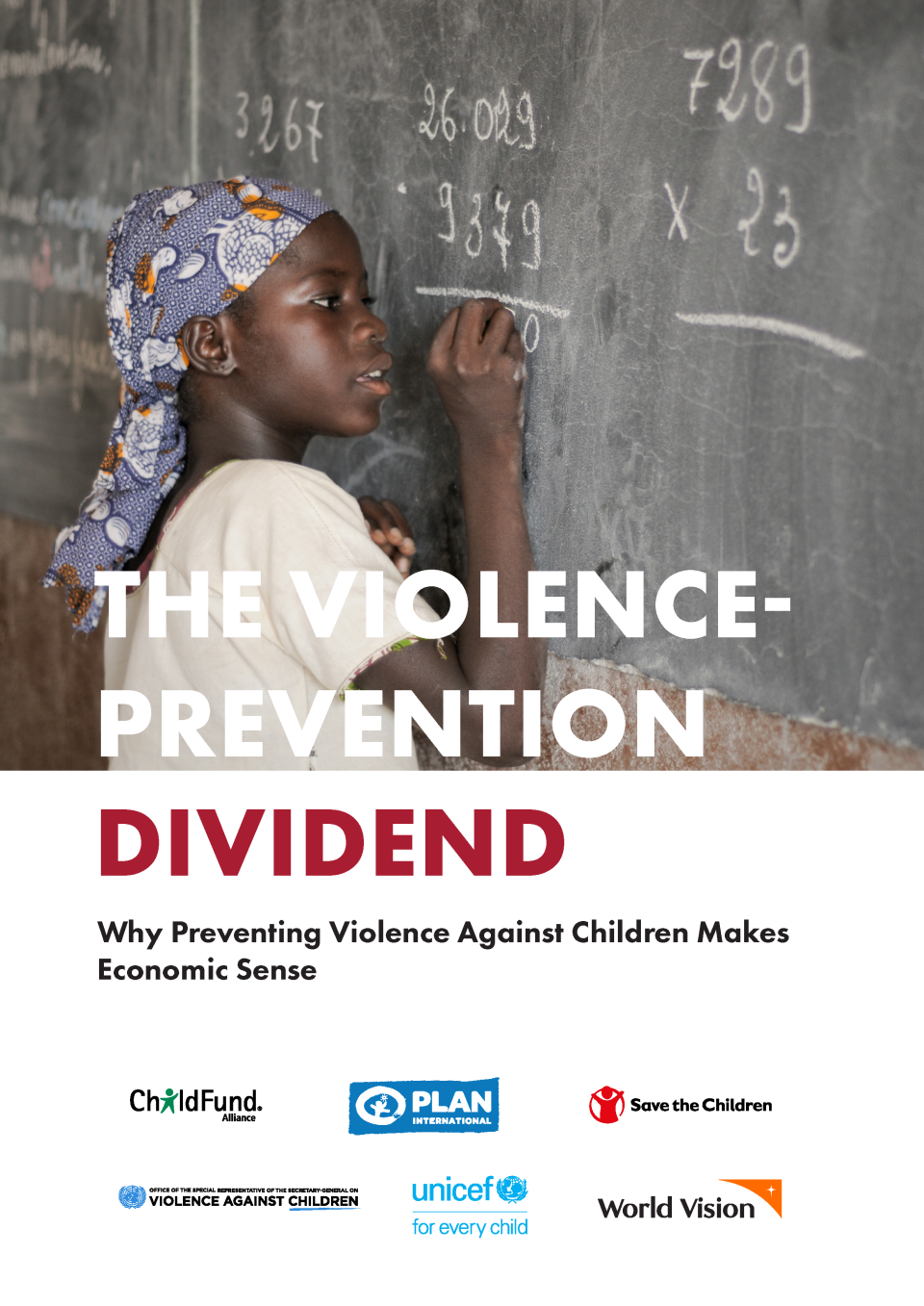 |
The Violence Prevention Dividend - Why Preventing Violence Against Children Makes Economic SenseThis paper gives an overview of the economic case for investing in the prevention of violence against children. It is intended to alert policymakers to the substantial economic and social costs of violence against children and the potential dividend that would accrue from investment in violence prevention. The paper outlines where governments can strengthen and improve engagement in violence prevention in light of post-COVID-19 recovery planning and beyond. |
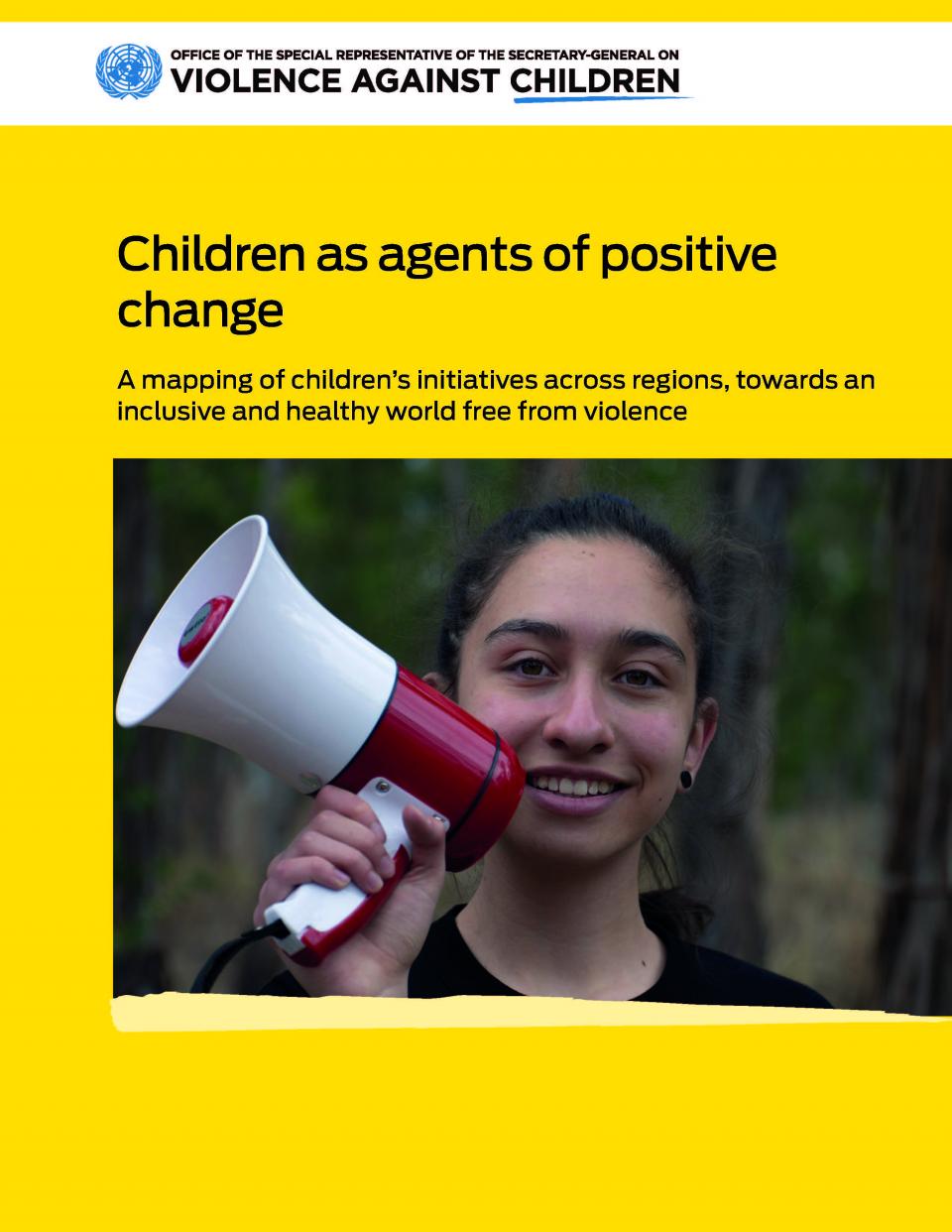 |
Children as agents of positive change. A mapping of children’s initiatives across regions, towards an inclusive and healthy world free from violenceThis report provides an overview of the different actions taken forward by children mostly in times of COVID-19, but not limited to it. It looks at children’s diverse roles when helping to prevent, address, and report violence (including supporting their peers); it helps to understand how children are contributing and being part of the solutions when thinking about building back better, and how children are helping accelerate the fulfillment of the Sustainable Development Goals (SDGs). |
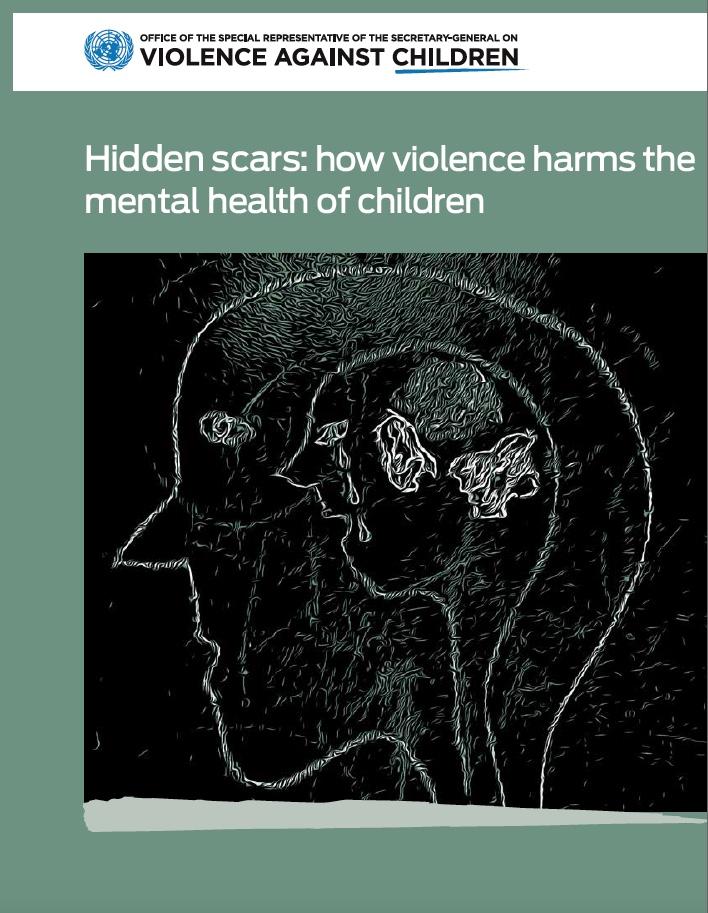 |
Hidden scars: how violence harms the mental health of childrenMore than 1 billion children – half of all children in the world – are exposed to violence every year. It is clear that violence has a severe impact on the mental health of children. Exposure to violence is often traumatic, and it can evoke toxic responses to stress that cause both immediate and long-term physiological and psychological damage. The consequences of violence include depression, post-traumatic stress disorder, borderline personality disorder, anxiety, substance use disorders, sleep and eating disorders, and suicide. |
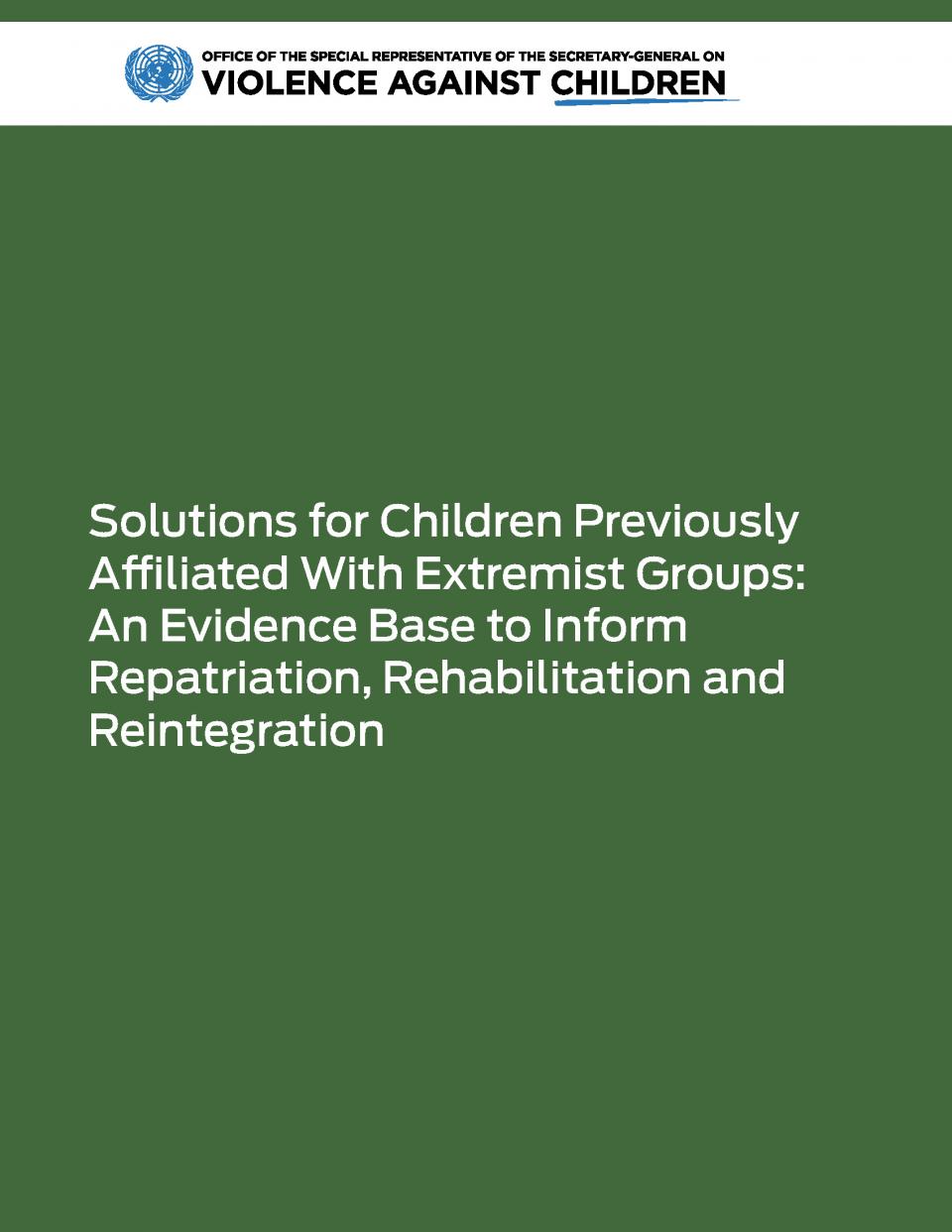 |
Solutions for Children Previously Affiliated With Extremist Groups: An Evidence Base to Inform Repatriation, Rehabilitation and ReintegrationTens of thousands of foreign, Iraqi, and Syrian children are being held in detention on suspected ISIS association or terror-related offenses, or in camps. These children are exposed to violence, due process violations, and family separation. Securing solutions for these children must be pursued in advance or in parallel with efforts to facilitate repatriation. The UN standpoint is that identified children should be repatriated and children born to nationals be granted citizenship. |
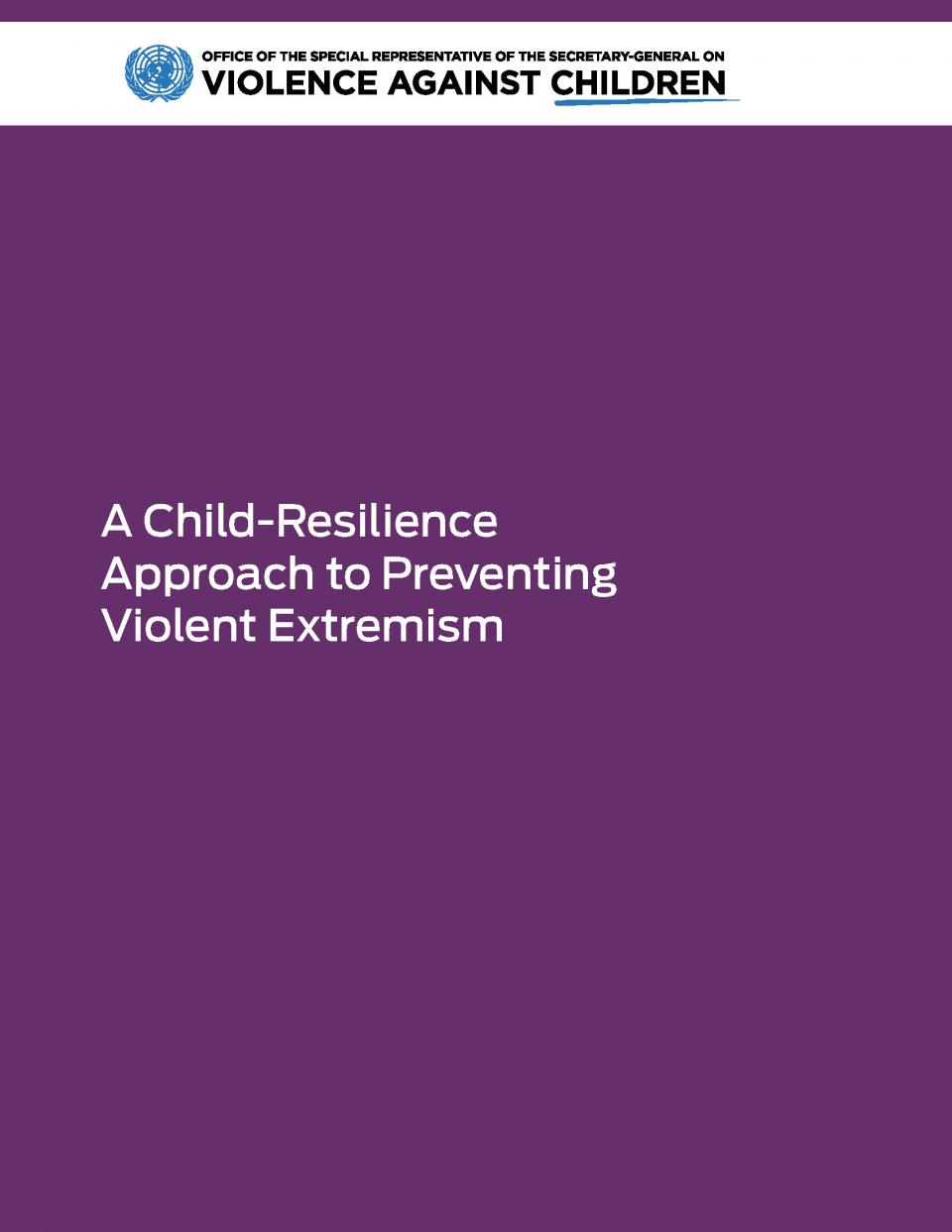 |
A Child-Resilience Approach to Preventing Violent ExtremismThe current discourse on violent extremism focuses largely on young adults, thereby overlooking key drivers, influences, and causal pathways that are specific to children. These include children’s biological tendency towards risk-taking and heightened vulnerability to polarized message content. It is also clear that when children become associated with violent extremist groups, this can reflect an age-specific psychological response to their surroundings or circumstances. |
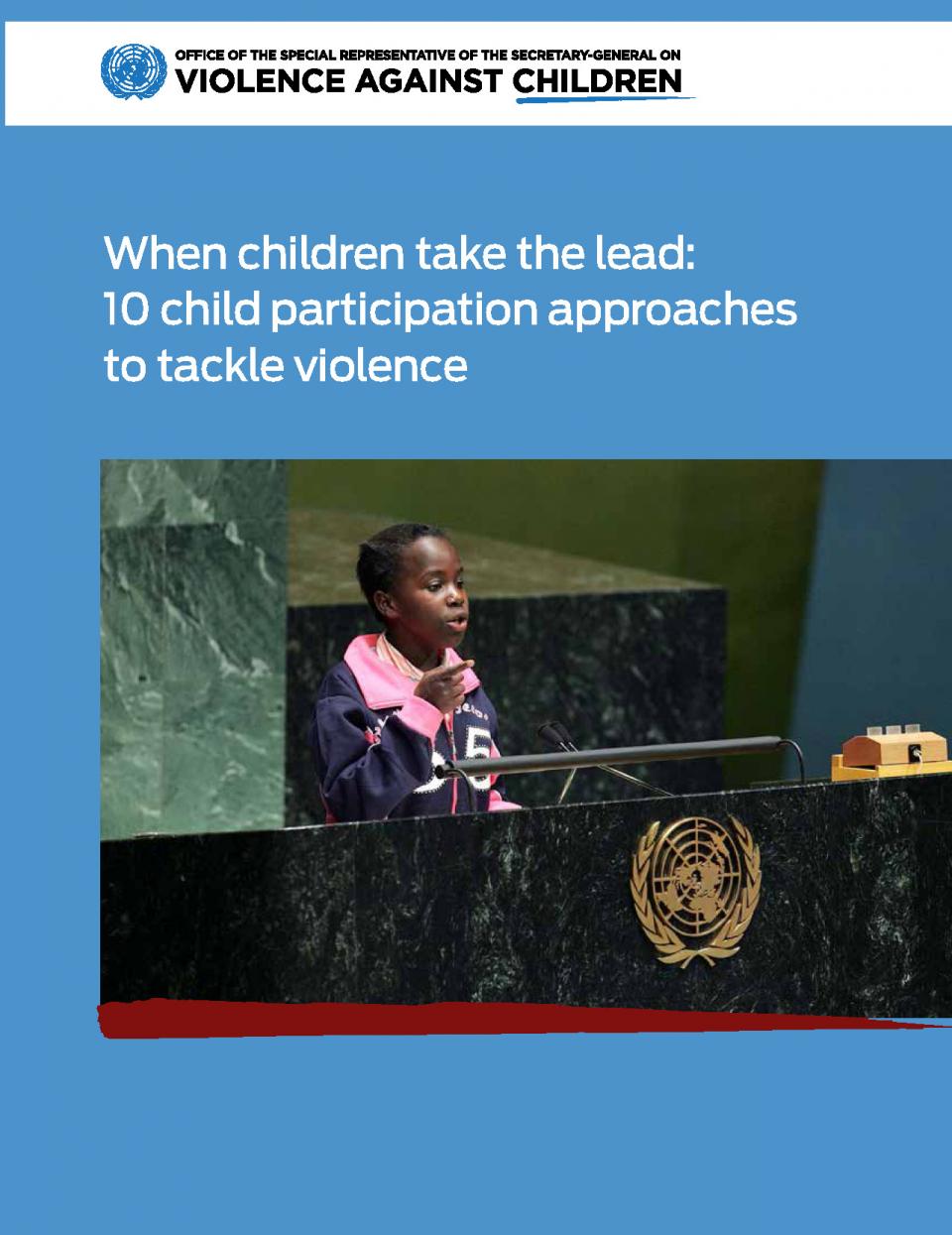 |
When children take the lead: 10 child participation approaches to tackle violenceThis report draws on 10 case studies to examine child participation experiences related to different forms of violence, spanning initiatives driven by governments, international organizations, and civil society. It zooms in on children’s roles, the methods used, the balance between offline and online, and how each initiative has achieved its impact. It identifies common elements that make child participation effective for violence prevention, reporting, and awareness, offering concrete recommendations for children’s rights-based organizations. |
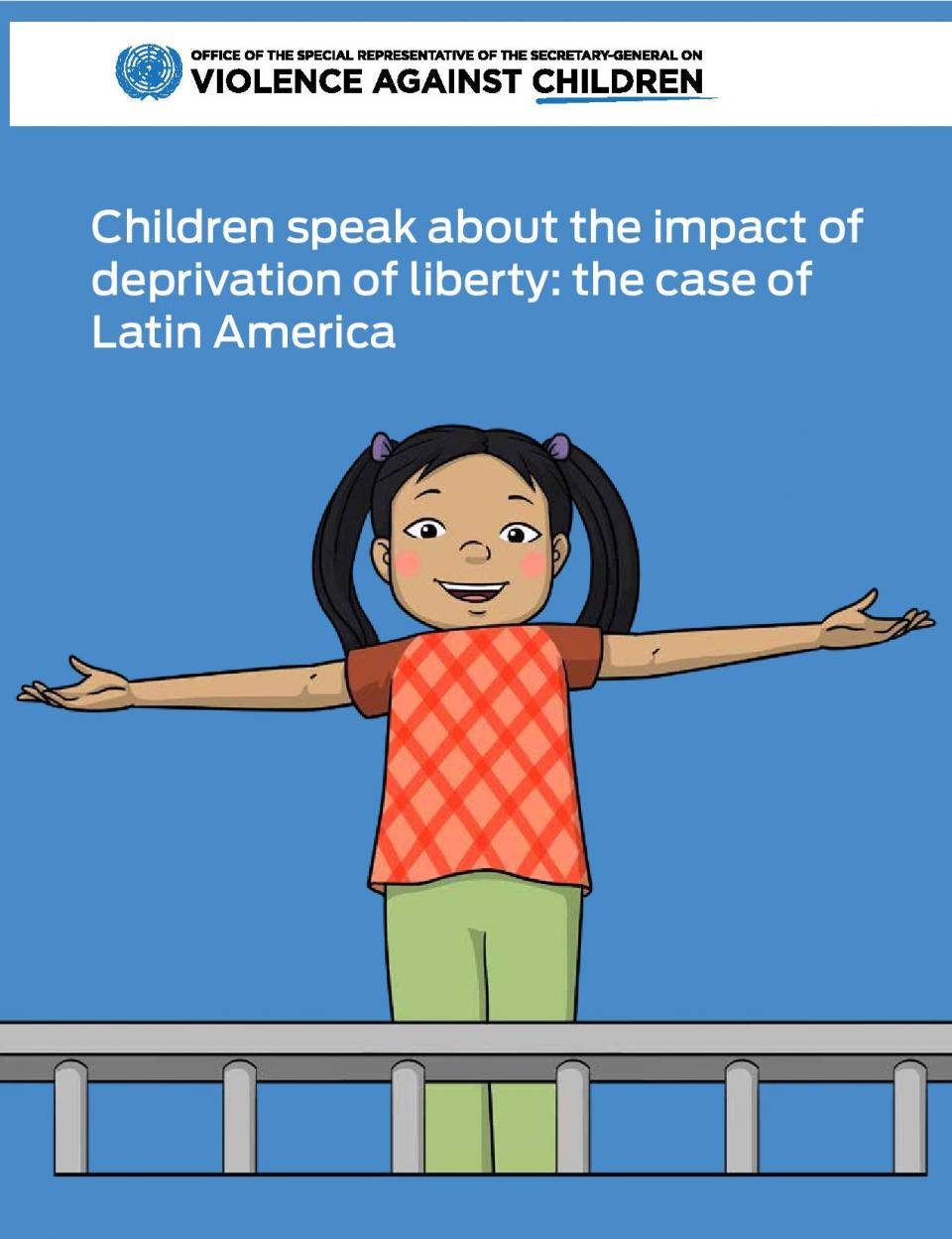 |
Children speak about the impact of deprivation of liberty: the case of Latin AmericaThe risk of violence faced by children affected by deprivation of liberty has been a priority for the Special Representative of the Secretary-General on Violence against Children since the outset of her mandate in 2009. In an effort to shed further light on the impact of deprivation of liberty on the enjoyment of children’s rights, the Special Representative partnered with UNICEF, the Governments of Paraguay and Uruguay, and the Latin American and Caribbean Regional Platform for Children with a Parent deprived of Liberty (NNAPEs Platform) to document the views and experiences of children affected by the deprivation of liberty. |
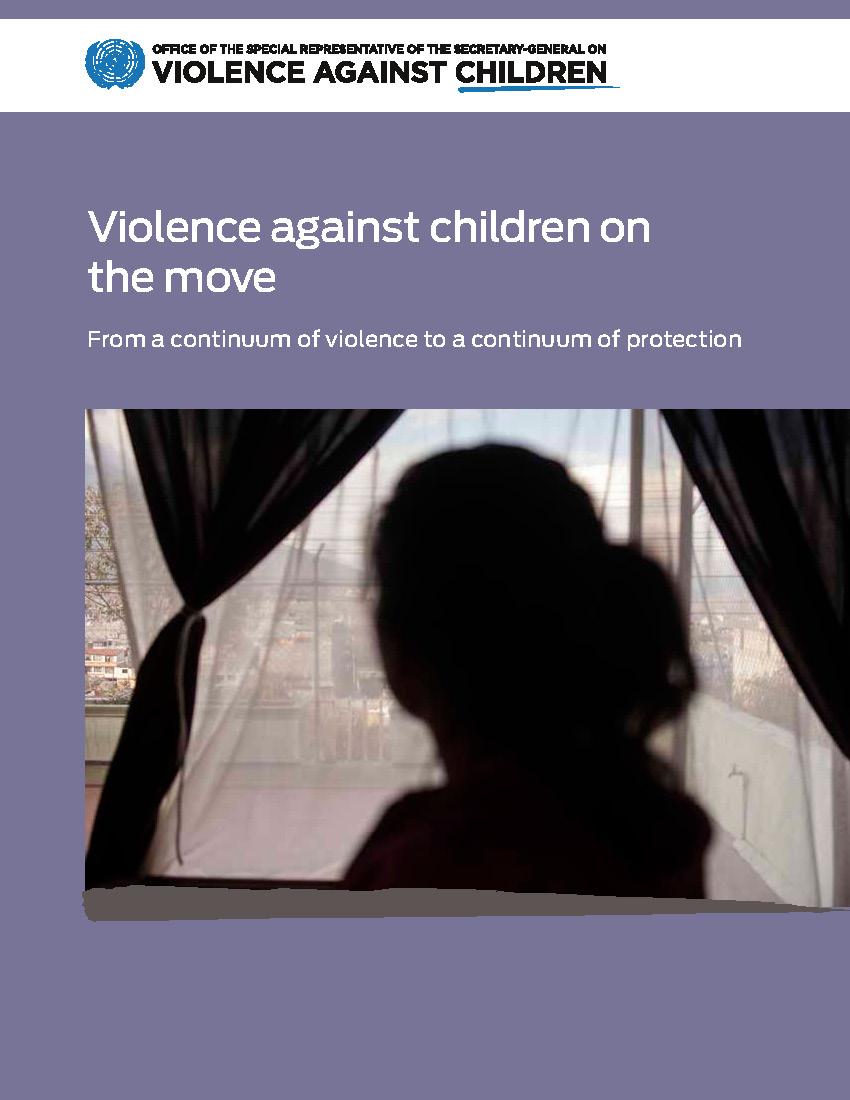 |
Violence against children on the move - From a continuum of violence to a continuum of protectionEvery minute, 20 people – many of them children – are forced from their homes by violence, persecution, or conflict. While children account for less than one-third of the global population, they make up more than half of today’s refugees worldwide. Recent years have seen growing numbers of children and adolescents on the move, alone or with their families, within and across countries. Some may move by choice, aiming to learn new skills and make good use of their talents, improve their education, or explore new options – often in the world’s growing cities – to reach their full potential |

